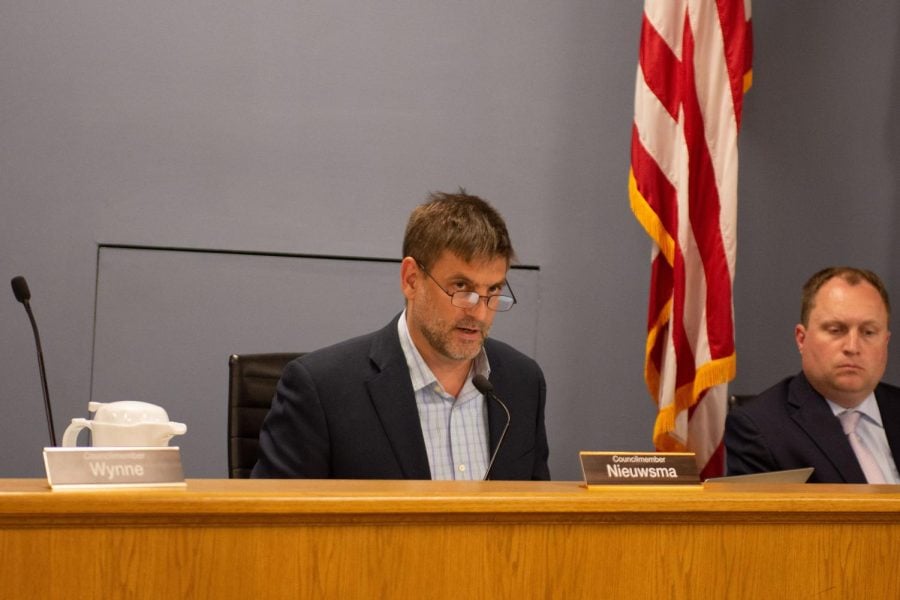Evanston taxes hold steady despite high pension bills
April 30, 2015
Evanston’s tax rate, with a few exceptions, has stayed relatively stable over the past decade even as Illinois sits with the highest overall tax rate throughout the nation in 2015.
Illinois residents also pay the second highest property tax rate in the United States, but Evanston rates have increased only slightly, mainly for the Evanston Public Library and for contributions to the Illinois Municipal Retirement Fund, a statewide pension pool known as the IMRF.
Evanston chief financial officer Marty Lyons said the library tax hike was a result of community requests. The switch five years ago to directly tax residents has stabilized the city’s IMRF funding and has helped Evanston stay ahead of the Illinois pension problem, Lyons said.
The rest of the northern suburbs aren’t in as great shape. Due to proposed cuts from Gov. Bruce Rauner, nearby local governments face a 50 percent decrease in income tax revenue and a two-year property tax freeze, Northwest Municipal Conference executive director Mark Fowler said. But what’s “strangling” most municipalities, he said, is a lack of change to police and fire pension funding.
“If a municipality is not making its … required contribution, the pension fund can intercept funds which go to the municipality through (income tax),“ Fowler said. “It leaves towns in a very untenable position.”
Most financial issues local governments face stem from state laws that require communities to fund pensions and other services without any state assistance. In Evanston, $14.44 million must be collected this year for the police and fire pension funds. Along with the tax for the IMRF, almost 45 percent of what the city will collect from property taxes in 2015 will go toward pension funding.
But Rauner’s two-year property tax freeze doesn’t scare Lyons. He said as long as the economy is growing, the city’s rates can stay low. High overall property values help Evanston rates stay low, he said, which allows Evanston to hold stable pension funds.
However, Evanston still has plenty to worry about. The freeze could potentially affect the two local school districts, Lyons said, and the 50 percent cut in income tax revenue is still on the table.
When the state boosted income tax rates in 2011, the state earned few local government enemies because the total dollars allotted to each municipality remained the same. Rauner declined to renew the tax hike this winter, meaning residents and companies will pay lower income tax rates for the next 10 years until another tax drop in 2025. With less money to go around, he said he expects “shared sacrifice” in his proposed budget, which calls for the 50 percent cut.
Costly pension funding leaves little wiggle room for local governments, Fowler said, and much remains unclear as the May 31 deadline for the final state budget approaches. Fowler said residents will directly feel an impact if local governments can’t get their necessary funding.
“They’ve cut public works, they’ve cut road construction, some towns don’t snow plow like they used to snow plow,” he said. “If further cuts are facing municipalities, they’re gonna look at police and fire. How do you operate a municipality when you can’t protect people?”
Email: [email protected]
Twitter: @kevinwmathew











